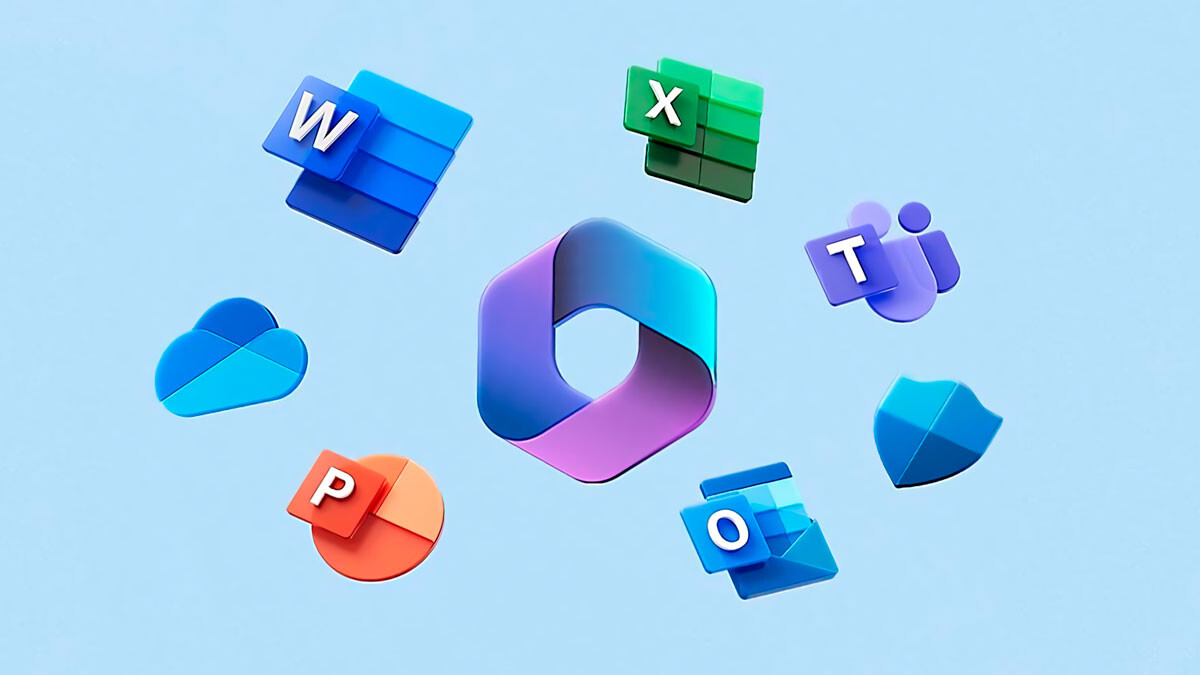Microsoft Office has been a staple in the productivity software market for decades, empowering individuals and businesses alike to create, edit, and share documents, spreadsheets, presentations, and more. With each new release, Microsoft brings innovative features and enhancements to improve user experience and productivity. In this article, we will compare two prominent versions of Microsoft Office: Microsoft Office 2019 and Microsoft Office 2021.
Table of Contents
Introducing Microsoft Office 2019
Released in September 2018, Microsoft Office 2019 was the predecessor to Microsoft Office 2021. This version marked a significant milestone in Microsoft’s Office suite, as it was the last one-time purchase model before Microsoft transitioned to a subscription-based service with Microsoft 365. Microsoft Office 2019 brought various updates and improvements to its core applications, including Word, Excel, PowerPoint, and Outlook.
In Microsoft Office 2019, Word introduced new features like a Focus mode, which minimized distractions and improved concentration while writing. Excel received new data analysis and visualization capabilities, making it easier for users to process and present data. PowerPoint added enhanced presentation tools, such as Morph and Zoom, to create dynamic and engaging slide shows. Outlook received updates to streamline email management and improved inbox organization.
The Advancements in Microsoft Office 2021
Fast forward to Microsoft Office 2021, the latest iteration of the Office suite released in January 2021. This version continued to build upon the foundations laid by its predecessor, further enhancing the user experience and introducing new features to meet the ever-changing demands of modern productivity.
One of the significant advancements in Microsoft Office 2021 was the deeper integration of Microsoft Teams, the company’s collaboration and communication platform. Teams became an integral part of Office applications, enabling users to seamlessly collaborate and communicate with colleagues in real-time, making remote work more efficient and productive.
In Word, Microsoft Office 2021 brought improvements to collaboration features, allowing multiple users to co-author and edit documents simultaneously. Excel received performance enhancements and new data analysis tools, enabling users to make more informed decisions based on data insights. PowerPoint introduced additional presentation templates and transition effects, making it easier for users to create professional-looking presentations.
The Shift to Subscription Model: Microsoft 365
One of the significant differences between Microsoft Office 2019 and Microsoft Office 2021 is the shift in licensing models. While Microsoft Office 2019 was available as a one-time purchase, Microsoft Office 2021 marked the full transition to a subscription-based service called Microsoft 365.
Microsoft 365 provides users with a cloud-based productivity suite, offering not only the latest version of Microsoft Office applications but also a range of additional services like OneDrive for cloud storage, Microsoft Teams for collaboration, and regular updates and security patches. The subscription model ensures that users always have access to the latest features and improvements, fostering a continuously evolving productivity environment.
User Interface and Design
In terms of the user interface and design, both Microsoft Office 2019 and Microsoft Office 2021 share the familiar ribbon interface that users have grown accustomed to over the years. However, Microsoft Office 2021 introduced subtle design improvements and enhancements, providing a more cohesive and polished look across all applications. The icons were updated to be more modern and consistent, making it easier for users to identify different functions quickly.
Additionally, Microsoft Office 2021 implemented a dark mode, a feature that has gained popularity among users who prefer working in low-light environments or wish to reduce eye strain. The dark mode not only enhances the visual experience but also contributes to a more energy-efficient use of devices with OLED or AMOLED screens.
Integration with Cloud Services
As cloud computing and storage became increasingly important for modern workflows, Microsoft Office 2021 capitalized on this trend by integrating seamlessly with Microsoft’s OneDrive cloud storage platform. Users can now save their documents directly to OneDrive, allowing them to access and collaborate on their files from any device with an internet connection. This level of synchronization and accessibility significantly enhances productivity, especially for those who work across multiple devices or locations.
Moreover, the cloud-based nature of Microsoft Office 2021 enables real-time collaboration on documents, spreadsheets, and presentations. Multiple users can simultaneously edit the same file, seeing changes in real-time, and leaving comments for each other. This collaborative aspect is a game-changer for teams that need to work together, regardless of their physical locations.
Security and Privacy
As cyber threats continue to evolve, software security has become a paramount concern for users and businesses. Microsoft Office 2021 addresses these concerns by implementing various security features and protocols to protect user data and privacy. Regular updates and patches are rolled out to address vulnerabilities and ensure that the software remains secure against emerging threats.
Additionally, Microsoft 365 subscribers receive the benefit of Microsoft’s Advanced Threat Protection (ATP), which adds an extra layer of security against sophisticated cyber-attacks. ATP includes features such as Safe Links, which checks URLs in emails for malicious content, and Safe Attachments, which examines email attachments for potential threats before allowing users to download them.
AI-Powered Enhancements
Microsoft Office 2021 brings an array of AI-powered enhancements that leverage the power of artificial intelligence to improve user experience and productivity. These AI features are designed to simplify repetitive tasks and offer intelligent suggestions, helping users save time and effort.
For example, PowerPoint’s Presenter Coach is an AI-driven feature that provides feedback on your presentation skills, helping you refine your delivery and communication. Excel incorporates AI to make data analysis more accessible with the Ideas feature, which can identify patterns and trends in your data, providing valuable insights with just a few clicks.
Compatibility and System Requirements
With the introduction of Microsoft Office 2021, the system requirements also received some changes compared to its predecessor. While Microsoft Office 2019 was compatible with older Windows and macOS versions, Microsoft Office 2021 requires a more recent operating system. This shift ensures that Microsoft can focus on leveraging the capabilities of modern hardware and optimizing performance for the latest platforms.
Pricing and Cost Considerations
As mentioned earlier, Microsoft Office 2019 was a one-time purchase, and users could choose from different editions with varying features and pricing. On the other hand, Microsoft 365 offers a range of subscription plans tailored for individuals, families, and businesses. The subscription model provides more flexibility in terms of payment, as users can choose monthly or annual subscriptions, and it includes ongoing updates and support.
Conclusion
In conclusion, both Microsoft Office 2019 and Microsoft Office 2021 are powerful productivity suites that have significantly improved the way we work and collaborate. While Microsoft Office 2019 served as an excellent one-time purchase option with a rich set of features, Microsoft Office 2021 took the suite to the next level with deeper integration, cloud-based services, and constant updates.
For users in the Netherlands and worldwide, the decision between Microsoft Office 2019 and Microsoft Office 2021 largely depends on their specific needs and preferences. Those who require a fixed set of features and do not prefer a subscription-based model might find Microsoft Office 2019 to be a suitable choice. On the other hand, individuals and businesses looking for a more dynamic and constantly evolving productivity ecosystem, along with additional cloud services, would benefit from Microsoft 365.
Overall, both versions remain reliable and efficient tools for achieving productivity and excellence in various tasks, enabling users in the Netherlands to thrive in their personal and professional endeavors.





